
Vivien Leigh, styled as Lady Olivier after 1947, was a British actress. She won the Academy Award for Best Actress twice, for her performances as Scarlett O'Hara in Gone with the Wind (1939) and Blanche DuBois in the film version of A Streetcar Named Desire (1951), a role she had also played on stage in London's West End in 1949. She also won a Tony Award for her work in the Broadway musical version of Tovarich (1963). Although her career had periods of inactivity, in 1999 the American Film Institute ranked Leigh as the 16th-greatest female movie star of classic Hollywood cinema.
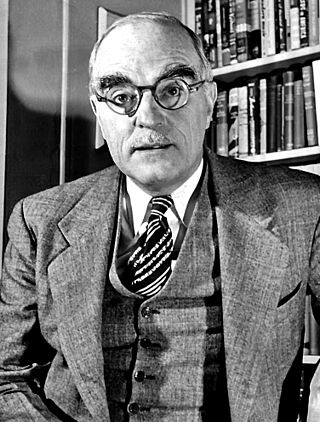
Thornton Niven Wilder was an American playwright and novelist. He won three Pulitzer Prizes for the novel The Bridge of San Luis Rey and for the plays Our Town and The Skin of Our Teeth, and a U.S. National Book Award for the novel The Eighth Day.

Our Town is a three-act play written by American playwright Thornton Wilder in 1938. Described by Edward Albee as "the greatest American play ever written", it presents the fictional American town of Grover's Corners between 1901 and 1913 through the everyday lives of its citizens.
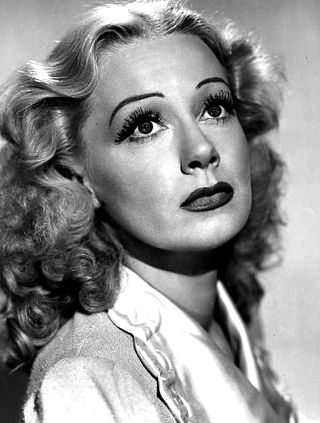
June Havoc was an American actress, dancer, stage director and memoirist.
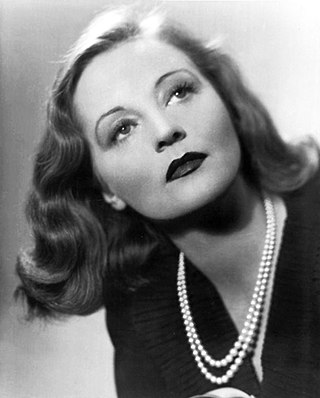
Tallulah Brockman Bankhead was an American actress. Primarily an actress of the stage, Bankhead also appeared in several prominent films including an award-winning performance in Alfred Hitchcock's Lifeboat (1944). She also had a brief but successful career on radio and made appearances on television. In all, Bankhead amassed nearly 300 film, stage, television and radio roles during her career. She was inducted into the American Theater Hall of Fame in 1972 and the Alabama Women's Hall of Fame in 1981.
David Rasche is an American theater, film, and television actor who is best known for his portrayal of the title character in the 1980s satirical police sitcom Sledge Hammer! Since then he has often played characters in positions of authority, in both serious and comical turns. In television he is known for his main role as Karl Muller in the HBO drama series Succession and his role as Alden Schmidt in the TV Land comedy series Impastor, as well as recurring and guest performances in numerous programs including L.A. Law, Monk, The West Wing, Veep, Bored to Death, and Ugly Betty.
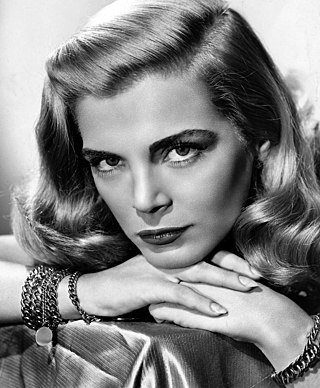
Lizabeth Virginia Scott was an American actress, singer and model for the Walter Thornton Model Agency, known for her "smoky voice" and being "the most beautiful face of film noir during the 1940s and 1950s". After understudying the role of Sabina in the original Broadway and Boston stage productions of The Skin of Our Teeth, she emerged in such films as The Strange Love of Martha Ivers (1946), Dead Reckoning (1947), Desert Fury (1947), and Too Late for Tears (1949). Of her 22 films, she was the leading lady in all but three. In addition to stage and radio, she appeared on television from the late 1940s to early 1970s.

Laurence Ballard is an American stage and screen actor, whose career has focused on regional theatre in the US.
Lee Montague is an English actor noted for his roles in film and television, usually playing tough guys.

A Skeleton Key to Finnegans Wake is a 1944 work of literary criticism by mythologist Joseph Campbell and Henry Morton Robinson. The work gives both a general critical overview of Finnegans Wake and a detailed exegetical outline of the text.

All About Us is a musical with a book by Joseph Stein, lyrics by Fred Ebb, and music by John Kander. The musical has been produced in regional theatres but not in New York City.
Morton DaCosta was an American theatre and film director, film producer, writer, and actor.

Leonard Maguire was a British actor, born in England but lived much of his life in Scotland. Maguire's acting career, began in the 1940s.
Mary Caswell Orr was an American actress and author whose short story "The Wisdom of Eve", published in the May 1946 issue of Cosmopolitan, was the basis of the Academy Award-winning film All About Eve (1950). In private life, Orr used her married name, Mary Orr Denham.
Antrobus is a surname. Notable people with the surname include:

Ruth Gloria Nelson was an American stage and film actress. She is known for her roles in films such as Wilson, A Tree Grows in Brooklyn, Humoresque, 3 Women, The Late Show and Awakenings. She was the wife of John Cromwell, with whom she acted on multiple occasions.
Play of the Week is a 90-minute British television anthology series produced by a variety of companies including Granada Television, Associated-Rediffusion, ATV and Anglia Television.

The Skin of Our Teeth is a 1959 Australian television play based on the play by Thorton Wilder. It starred John Ewart.
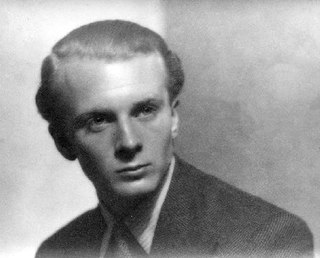
John Rodney Buckmaster was an English actor on the stage, in films and on television, and a cabaret singer-songwriter. He was the son of actress Dame Gladys Cooper (1888–1971) and Captain Herbert Buckmaster (1881–1966). Educated at Eton College, he followed his mother into the acting profession and worked on both sides of the Atlantic.

Gabby Beans is an American actress, writer, and producer. She was nominated for a Tony Award for Best Actress in a Play in 2022 for her role in the play The Skin of Our Teeth.
















